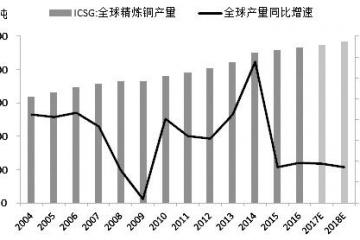7CCEMCHD程序语言代做、代写Java程序
Assignment 3 6CCE3CHD/7CCEMCHD
Note: In all the problems, be mindful of the units of various quantities and the sign conventions
for currents and voltages.
Your submission must include:
1. A .pdf file clearly documenting your code, figures, and results.
2. Your code.
There are three questions in this HW and you should submit three codes. We should be able
to run these three code files and obtain all the figures for each of the three questions. You will
lose credit if your code is absent or cannot be run.
Store your write-up and code in a single directory named hw1 yourID (for example hw1 12D423222)
and submit it in Keats.
Do not wait till the last minute to start the Assignment as you will require at least at least 8
hours to complete all the questions.
You may discuss the overall approach and high-level aspects with your group partners, but
codes and submitted documents should be your own.
Late submission policy:
Before the solution key is uploaded in Keats: If your original score is S and you submitted
the HW X hours after the deadline, your score will be S exp(?X/24).
After the solution key is uploaded in Keats: 0 credit.
In this assignment, we will study a simple case of a SNN receiving time-dependent inputs.
Problem 1: Interconnected network of neurons with non-plastic synapses
The connectivity relationship between the neurons can be represented by a N × N matrix W
where wi,j is the strength of connection from neuron j to neuron i.
(a) Write the connectivity matrix for the following 3-neuron, 9-synapse network: Neuron 1 receives
input from Neuron 3 with a strength of 100. Neuron 2 receives input from Neuron 1 with
a strength of 500. Neuron 3 receives input from both Neuron 1 and neuron 2 with a strength of
300 and 200 respectively. 2 points
(b) The spiking state of the neurons can be represented by a N × 1 column vector, S. At any
time instant, if the k
th neuron spikes, the k
th entry of this column vector is 1, else it is 0.
Assume that neuron 1 and 3 spiked at the same instant of time, t. For the simple case of
the synaptic current kernel being a delta function, determine the product W × S and convince
yourself that the resulting vector represents the current flowing into the neurons, based on the
connection strengths between them. 2 points
(c) Now, we will study the dynamics of LIF neurons with non-plastic syanpses connecting
them to each other. In order to incorporate synaptic communication, we will require the following
modifications. We will use the LIF neuron from HW 1, but with an extra term to incorporate
the synaptic current,
(2)
Hence, the post-synaptic current is generated in response to the spikes and has to be calculated
at every time instant based on all the previous instants of time when the pre-synaptic
neuron spiked. One way to efficiently determine this spike-driven synaptic current is to maintain
a spike kernel matrix K(t) with dimensions [N,(T/?t)]
(3)
and then obtain the synaptic current Isyn(t) = W × K(t).
Simulate two neurons connected to each other through a synapse of weight w21 = 7 and I0 =
7000 pA. The input neuron receives DC input current of magnitude 2800 pA and with varying
time durations as shown below (i.e., each ON pulse has a duration of 20, 40, 60, 80 and 100 ms,
with 40 ms in between each of them, and total duration of T = 500 ms). Plot all voltages and
currents and explain the observed dynamics.
Your code should be written for a general network of N neurons, whose connectivity is described
by the matrix W, and you are only allowed to iterate over time. 16 points
Problem 2: Fully connected two neuron network
Now simulate the dynamics of a two-neuron network, if the neurons are connected to each
other with synaptic weights w12 = w21 = 7. You should apply the waveform from problem 1,
but with the first 4 ON pulses, and a total duration of T = 400 ms (i.e., input current is zero after
320 ms). Plot all voltages and currents and explain the observed dynamics. 10 points
Problem 3: Persistent signal detector
Using the same input excitation from problem 1, design a three-neuron circuit which acts as a
persistent signal detector. You should determine the synaptic weights such that the output neuron
spikes only if the pulse-width is more than 50 ms. 20 points
Problem 4: Persistent signal detector with imperfect devices
To implement the above design efficiently, we could use nanoscale devices whose conductance
can be used to represent the weights. Using the function to translate the floating-point
weights to device level weights, run the network again, and determine the response. If you are
not able to get the desired network behaviour, fine-tune the software weights or modify your
network design. 10 points
如有需要,请加QQ:99515681 或邮箱:99515681@qq.com 微信:codehelp
郑重声明:此文内容为本网站转载企业宣传资讯,目的在于传播更多信息,与本站立场无关。仅供读者参考,并请自行核实相关内容。








